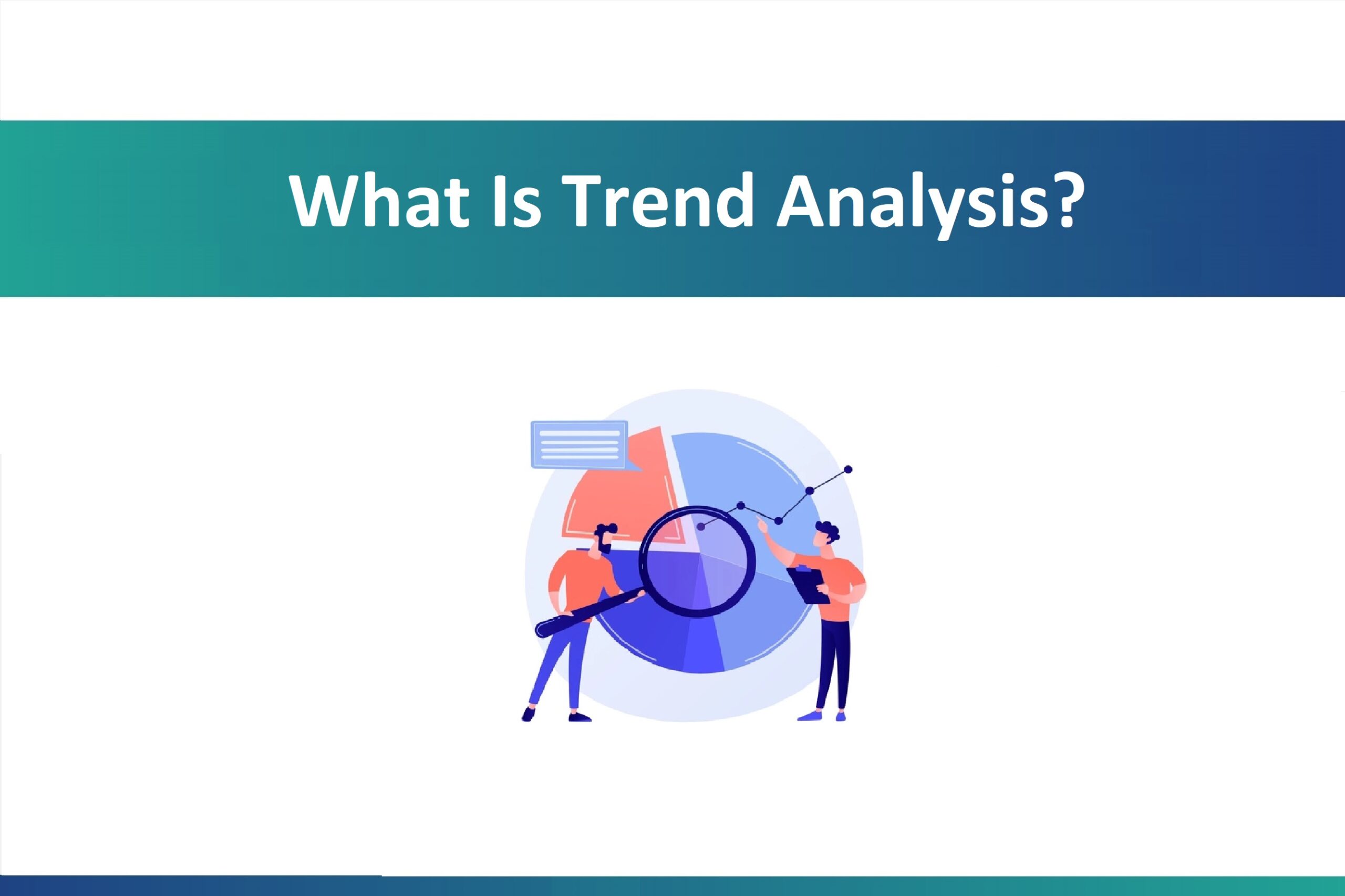Trend analysis is a crucial tool utilized across various fields to identify patterns and predict future movements. It involves examining data over time to discern consistent trends or patterns that may impact decision-making processes.
What is Trend Analysis?

In essence, trend analysis involves the systematic examination of historical data to uncover trends, patterns, and correlations. Whether in finance, marketing, or other industries, understanding trends can provide invaluable insights into future developments.
Understanding the Concept of Trends
1. Defining Trends
Trends represent the general direction in which something tends to move or develop over time. They can be upward (bullish), downward (bearish), or sideways, indicating stability.
2. Importance of Trend Analysis
Trend analysis helps businesses and individuals anticipate market movements, identify opportunities for influencer marketing, and mitigate risks effectively. By recognizing patterns, stakeholders can make informed decisions and adapt strategies accordingly.
Types of Trend Analysis
1. Technical Analysis
Technical analysis focuses on analyzing price charts and trading volumes to forecast future price movements in financial markets. It utilizes various tools such as moving averages, trendlines, and momentum indicators to identify trends and potential entry or exit points.
2. Fundamental Analysis
Fundamental analysis involves evaluating the underlying factors that influence the value of an asset, such as economic indicators, company financials, and market sentiment. While technical analysis relies on price data, fundamental analysis delves into the intrinsic value of an asset.
Methods of Trend Analysis
1. Moving Averages
Moving averages smooth out price data by calculating the average closing price over a specified period. They help identify the direction of the trend and potential reversal points.
2. Trendlines
Trendlines are graphical representations of creating trends drawn by connecting swing lows or highs in a price chart. They serve as visual guides to identify support and resistance levels and assess trend strength.
3. Momentum Indicators
Momentum indicators measure the rate of change in price movements to determine the strength of a trend. Common indicators include the Relative Strength Index (RSI) and Moving Average Convergence Divergence (MACD).
Benefits of Trend Analysis
1. Predictive Insights
By analyzing historical trends, businesses can anticipate future market movements and make proactive decisions to capitalize on opportunities or mitigate risks.
2. Risk Management
Trend analysis enables stakeholders to identify potential threats and vulnerabilities early, allowing for the implementation of risk mitigation strategies on social media influence.
3. Decision Making
Informed by trend analysis, decision-makers can formulate strategies aligned with market trends, enhancing competitiveness and profitability.
Applications of Trend Analysis
1. Financial Markets
In finance, trend analytics is playing a role widely used to forecast stock prices, identify trading opportunities, and manage investment portfolios.
2. Business Forecasting
Businesses employ trend analytics to predict consumer behavior, demand trends, and market fluctuations, enabling more accurate sales forecasts and inventory management for fashion trend.
3. Marketing Strategies
Marketers leverage trend analytics to identify emerging consumer preferences, target specific demographics, and optimize advertising campaigns on social media platforms for maximum impact.
Challenges
1. Data Accuracy
The accuracy and reliability of data are paramount in trend analytics. Inaccurate or incomplete data can lead to flawed interpretations and misguided decisions.
2. Interpretation
Interpreting trends requires a deep understanding of the underlying factors influencing market dynamics. Misinterpretation can lead to costly mistakes and missed opportunities.
Tools and Software for Trend Analysis
Various tools and software platforms facilitate trend analytics, providing intuitive interfaces and powerful analytical capabilities. From stock charts to data visualization tools, these resources empower users to conduct comprehensive trend analysis efficiently.
Conclusion
In conclusion, trend analysis is a fundamental tool for understanding market dynamics, predicting future trends, and making informed decisions across diverse industries. By harnessing the power of trend analysis, businesses, and individuals can gain a competitive edge and navigate uncertain environments with confidence.
Are you ready to leverage the insights of trend analysis for your business? Request a demo from AIM Technologies today and unlock the potential of data-driven decision-making.
FAQs
How often should trend analytics be performed?
- Trend analytics should be conducted regularly, depending on the frequency of data updates and the volatility of the market.
Is trend analytics only relevant to financial markets?
- No, trend analytics is applicable across various industries, including marketing, healthcare, and technology, to name a few.
What are the key challenges in trend analytics?
- Challenges include data accuracy, interpretation complexities, and adapting to dynamic market conditions.
Can trend analytics predict future outcomes accurately?
- While trend analytics provides valuable insights, it’s essential to acknowledge the limitations and uncertainties inherent in forecasting future events.
How can businesses integrate trend analytics into their decision-making processes?
- Businesses can integrate trend analytics by incorporating it into strategic planning, risk management, and performance evaluation frameworks.




